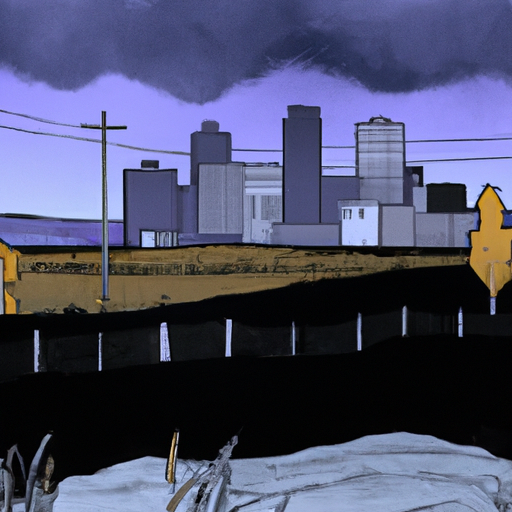Understanding the Impact of the Opioid Crisis on the Canadian Landscape
As we delve into the pressing issue of the opioid crisis in Canada, it is crucial to unpack the brunt of the problem and scrutinize the initiatives implemented to tackle it. Here, we outline the key narratives in the story of the opioid epidemic, assess their implications, and shed light on the array of solutions being enacted nationwide.
The Ongoing Battle Against Opioids
In the past few years, the opioid epidemic in Canada has engendered alarming damage, manifesting in spiralling rates of addiction, extreme criminal activity, accelerated homelessness, and a staggering death toll. The crisis persists with wide-ranging repercussions; its negative ripple continues to underscore the destitution that opioids inflict on individuals, families, and society at large.
Increased Crime Rates & Homelessness
The article reports an upswing in crime rates in some Canadian provinces, with law enforcement pinning the blame on the abuse of opioid substances. It notes that property and violent crimes have seen an uptick, a commonality among communities grappling with the opioid crisis. Concurrently, precarious employment conditions and the high cost of housing in some regions have indirectly led to a surge in homelessness, further exacerbating the situation.
Opioid Class Action Lawsuit
In a bid to curb this epidemic, a landmark opioid class action lawsuit was launched, seeking recovery of governmental costs associated with the opioid crisis. This initiative marks a significant step in holding pharmaceutical companies accountable for their complicity in contemplating the dangers of opioids.
Increased Distribution of Naloxone
Naloxone distribution efforts have been expanded to counteract the effects of opioid overdose. Naloxone is a lifesaving antidote that works by rapidly reversing an opioid overdose, and its proliferation has proven essential in the fight against opioids.
Key Points:
- The opioid crisis in Canada has escalated, resulting in a higher crime rate and a homelessness surge.
- An opioid class action lawsuit has been launched to hold pharmaceutical companies accountable. This significant stepremarks that the companies need to bear responsibility in the escalating opioid issue.
- Amid the crisis, naloxone distribution efforts have been increased. The antidote comes in handy to counter the effects linked to opioid overdoses.
Concluding Thoughts
In conclusion, the opioid crisis in Canada is much more than a public health emergency. It is a social catastrophe that permeates every facet of society – inflicting untold destruction, instigating criminal activity, exacerbating homelessness, and inevitably resulting in loss of lives. However, amidst this grim narrative, the nation has seen a commendable effort to counteract the crisis, as seen in the launching of an opioid class action suit and increased naloxone distribution.
While these steps mark crucial progress, the fight against the opioid epidemic remains a multifaceted challenge. Continuing these efforts while simultaneously enhancing the capacities of medical, legal, and social institutions will be integral to mitigating the opioid crisis’s dire repercussions. As we continue to grapple with this predicament, it is imperative to keep fostering dialogue, promoting collaboration, and championing innovative solutions that will usher in a new era of health and prosperity in Canada.
